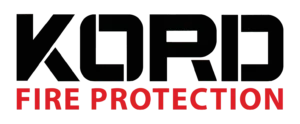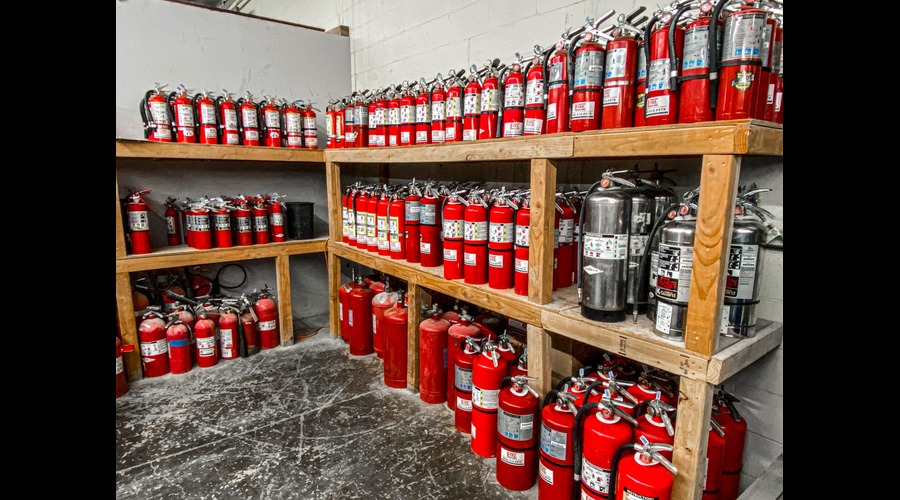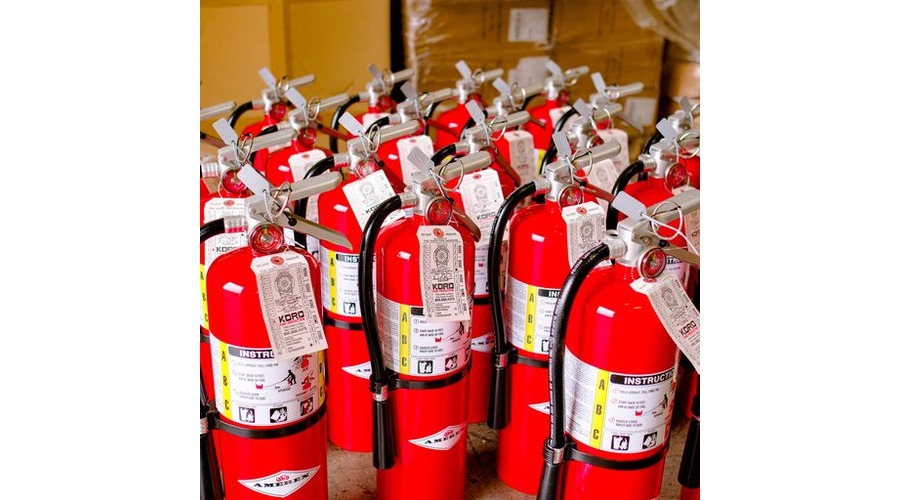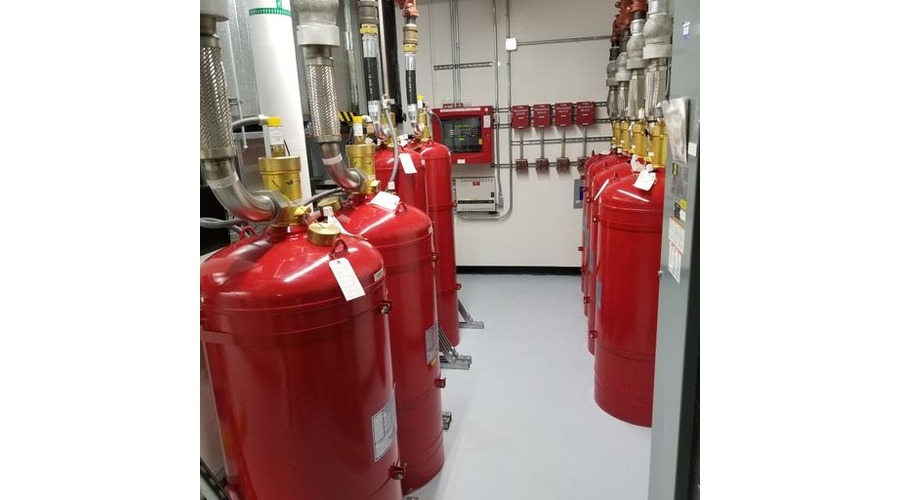Introduction
Fire is a devastating human-made disaster that frequently claims lives and property. The fear of losing loved ones and possessions to fire is terrifying but not insurmountable. The key lies in the installation and proper functioning of fire suppression systems, and one excellent option is the Dry Chemical Extinguishing System, especially when a sprinkler system is unavailable.
Understanding Dry Chemical Extinguishing Systems
These systems effectively combat class ABC fires and serve as automatic fire suppression systems in industrial settings. They employ dry chemical powder to extinguish fires, with commonly used powders including:
- Sodium bicarbonate
- Potassium bicarbonate
- Monoammonium phosphate
- Urea complex
Their primary drawback is the considerable powder discharge at the hazard site, necessitating cleanup. However, this minor inconvenience pales in comparison to the life-saving significance of these systems.
NFPA 17: Your Guide to Dry Chemical Extinguishing Systems
Like other fire suppression systems, dry chemical extinguishing systems must adhere to NFPA standards. NFPA 17, titled “Standard for Dry Chemical Extinguishing Systems,” outlines essential requirements for purchasing, designing, installing, approving, and inspecting these systems.
Maximizing Fire Protection
According to NFPA 17, dry chemical extinguishing systems are designed to offer maximum protection in the following scenarios:
- Combustible liquids and gases
- Combustible solids that melt in the fire
- Electrical hazards like transformers and circuit breakers
- Combustible materials such as cloth, paper, and wood
- Kitchen hazards
Selecting Suitable Operating Devices
NFPA 17 also provides recommendations for operating devices. All devices used with dry chemical extinguishing systems must be tailored to the specific hazard. They should be clearly marked with minimum and maximum temperature limits and capable of withstanding temperatures between 0°C to 49°C.
Requirements for Discharge Nozzles
Discharge nozzles should be crafted from corrosion-free materials such as brass or stainless steel. When selecting discharge nozzles, ensure they possess adequate strength to withstand exposure to fire without deformation. Additionally, they must be made of noncombustible materials and have permanent identification marks. Consider the inclusion of blow-off caps or devices to prevent moisture entry into piping.
NFPA 17 Guidelines for Manual Actuators
NFPA 17 specifies that all devices, including manual actuators, must be designed to provide protection in case of fire. To facilitate this, manual actuators on dry chemical extinguishing systems may include pictographs, with a minimum lettering size of 6.35 mm in height.
Selecting Pipes and Fittings
Pipes and fittings for the system should meet NFPA 17 requirements, which mandate noncombustible materials capable of withstanding the maximum expected pressure within the piping system. Proper galvanization and the use of corrosion-resistant materials like stainless steel, brass, or copper are essential.
Quantity of Dry Chemicals
NFPA 17 outlines guidelines for determining the quantity of dry chemicals needed:
- For mostly enclosed areas with less than 15% openings, a total flooding system suffices.
- Areas with less than 1% unclosable spaces require no extra dry chemical.
- If unclosable openings fall within the 1-5% range, additional dry chemical suppressants may be necessary.
Additional NFPA 17 Requirements
Additional requirements from NFPA 17 include:
- Only trained personnel may design, install, and maintain dry chemical systems.
- Authorities having jurisdiction are responsible for approving fire protection systems.
- Equipment and materials used in dry chemical systems must bear appropriate identification marks.
- Automatic detectors in the system should be listed and capable of detecting various fire-related hazards.
- Proper coiling of hose around the reel ensures easy deployment during emergencies.
- Hose nozzles should be designed for single-person operation, with integrated shutoff devices to control dry chemical flow.
- The replacement of dry chemical agents must be approved by testing laboratories and AHJ. Mixing different types of dry chemicals requires authorized personnel due to potential safety hazards.
- When using carbon dioxide as an expellant gas, ensure a vapor pressure of at least 99.5% and a water content not exceeding 0.01%. For nitrogen gas, maintain a dew point of (-52.2°C) or lower.
Conclusion: Prioritizing Fire Safety with Dry Chemical Extinguishing Systems
Dry chemical extinguishing systems offer immediate fire control, reducing casualties and property damage. However, their effectiveness relies on proper installation and adherence to NFPA 17’s structure and requirements, which vary according to building specifications.
Sources




